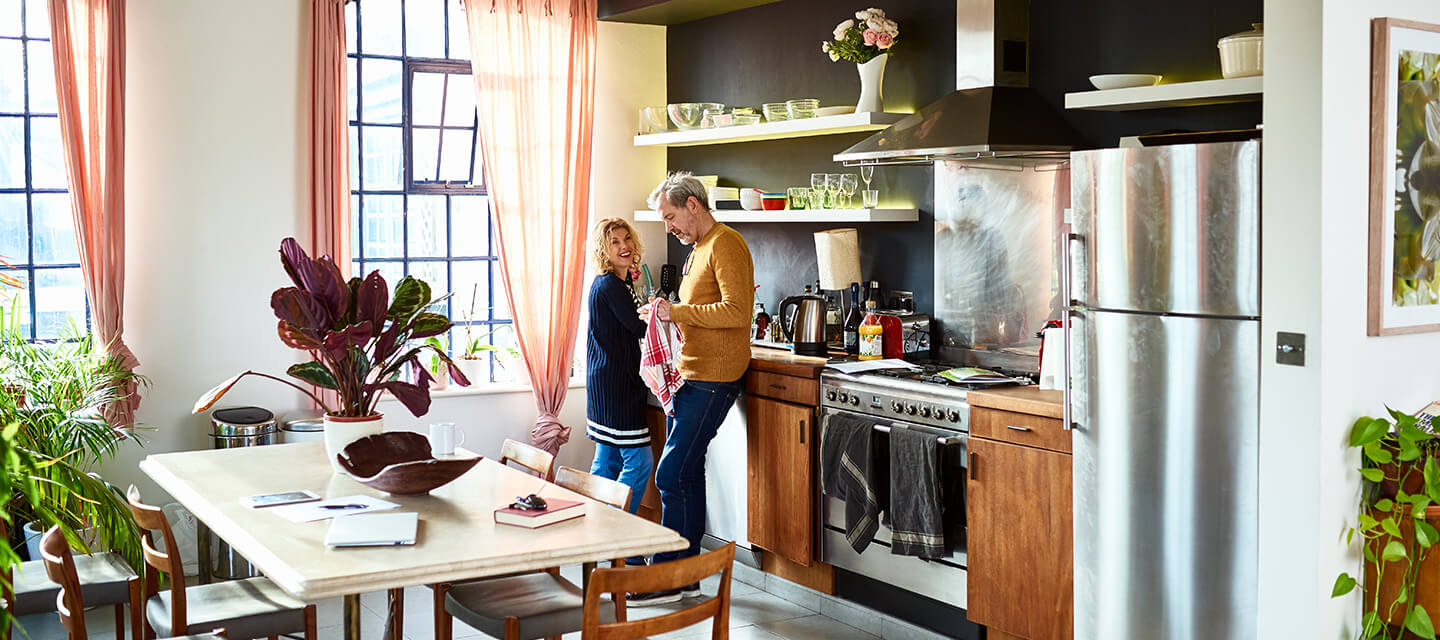

More than 5 million people in the UK live in apartments, so if you’re looking for home insurance for a flat, you’re definitely not alone. But how does flat insurance work and what should your next steps be?
Flat insurance is the same as home insurance and comes in two forms:
But while insurance for flats is similar to insuring a house, there are some key differences you’re likely to encounter as a flat owner.
If you’re buying a flat, it’s likely you will need to pay towards a buildings insurance policy. And as we’ll explain – you may not have a choice.
On the face of it, buildings insurance for flats is the same as for a house. These policies are designed to protect the cost of rebuilding your home if it’s structurally damaged following events beyond your control – from subsidence to storms. While buildings insurance is not a legal requirement, many lenders will insist you have a policy before agreeing to a mortgage.
However, the details of your buildings insurance arrangement will depend on whether your flat is a leasehold, freehold or share of freehold property.
If you’re buying a leasehold flat, you will own the apartment space itself, but the block and surrounding land will be owned outright by a freeholder. They – and not you – will be responsible for taking out buildings insurance to protect the structure of the property.
However, as a leasehold flat owner you would need to pay a contribution towards the buildings insurance policy, which usually forms part of an annual service charge you're expected to pay. Your lease agreement should have the details of this.
In contrast, if you own a share of freehold flat, you have a shared responsibility with the other freeholders to arrange buildings insurance.
You can read more about the differences between leasehold, freehold and share of freehold ownership in this HomeOwners Alliance guide.
Unlike with buildings insurance, as a flat owner (or renter) you’re responsible for arranging your own contents insurance. It’s not a legal obligation, but it may be a smart move to protect the value of your possessions if they’re damaged or stolen.
If you’re deciding whether to get contents insurance for your flat, here are some questions to ask yourself:
In some instances, leaseholders who own high-rise flats have been known to pay more for buildings insurance.
Following the Grenfell Tower tragedy in 2017, buildings insurance rose in cost for many leaseholders whose flats were built with combustible cladding and other fire risk issues.
New FCA regulations came into force on December 31st 2023 which strengthened protection for residential leaseholders in multi-occupancy buildings such as tower blocks.
Yes, you can get flat insurance if you live above a shop, but it may be harder to secure, or more expensive. If you live above a restaurant or takeaway, for example, there may be a greater fire risk due to the cooking facilities downstairs.
Additionally, if the property is part-commercial, there may need to be a separate business insurance policy that is separate from your home insurance. Saga will only be able to offer cover if your flat is self-contained. We are unable to offer cover if you own the shop and live above it and wish to cover the entire building. However, you should still be able to get contents insurance for a flat above a shop without any extra complications.
Whether you're looking for straightforward insurance or cover that's packed with extras, our home insurance has plenty of options for people over 50.
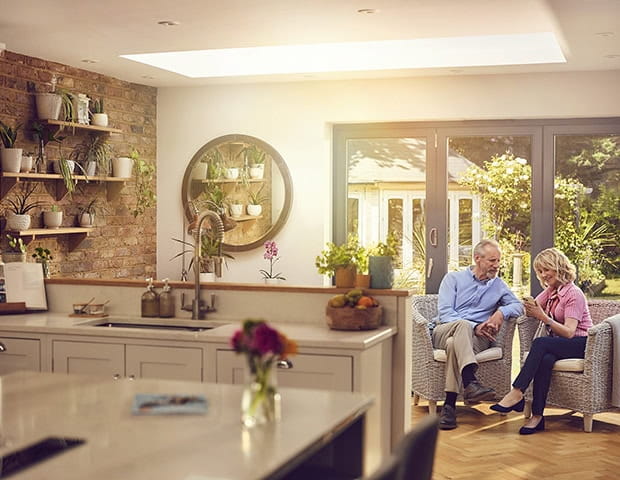

Choose our highest home cover level Saga Plus and freeze the price of your home insurance for 3 years if nothing changes. T&Cs apply.
There's plenty to explore and learn about our home insurance cover.

Saga home insurance comes with garden cover included. Find out what’s included and get tips to help secure your garden.

Use our seasonal home maintenance checklist to keep your home ship shape and avoid major costly repairs

What does it mean? Here’s how home insurance can help with get things back to normal after a leak.

Find out how to accurately estimate the value of your home’s contents to get the right level of cover.

It's more complicated than you might think. But there are some ways you could keep yours down.
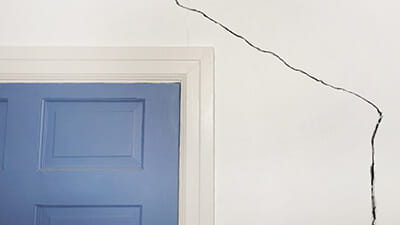
When can you fix cracks yourself and when should you ask for help?
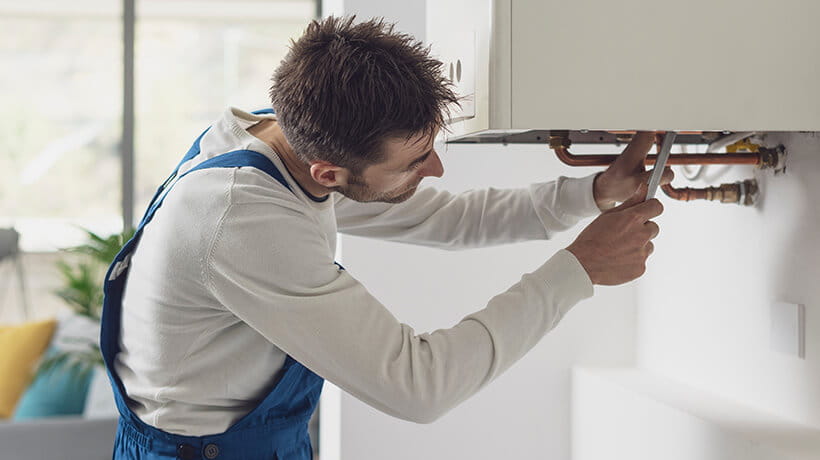
Keep your home toasty and fuel-efficient with a few simple boiler maintenance tips. Avoid costly callouts with the help of our boiler care year planner.

Beat the burglars and protect your pressies with these top tips.

The energy price rise is impacting millions of UK households. So, what changes can we make to keep costs down and reduce energy use at home?

We’ll help you recognise the signs your boiler may be close to breaking down, find the best replacements, and estimate boiler prices so you can keep your home warm all year round.
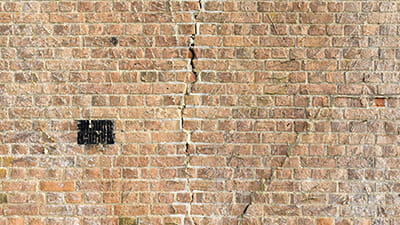
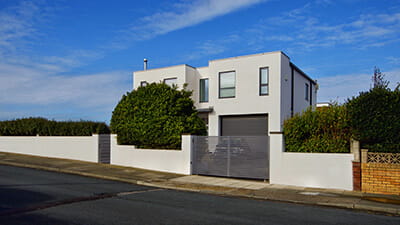
Having a flat roof can make your home more prone to weather damage. Keep your home protected with flat roof insurance.

Take time to value all your possessions to ensure they’re fully covered.
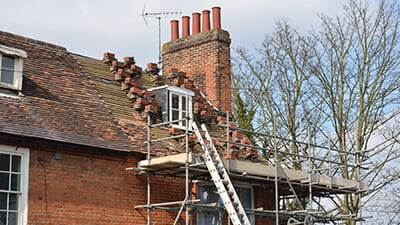
Find out whether roof leaks and repairs are covered by your home insurance.